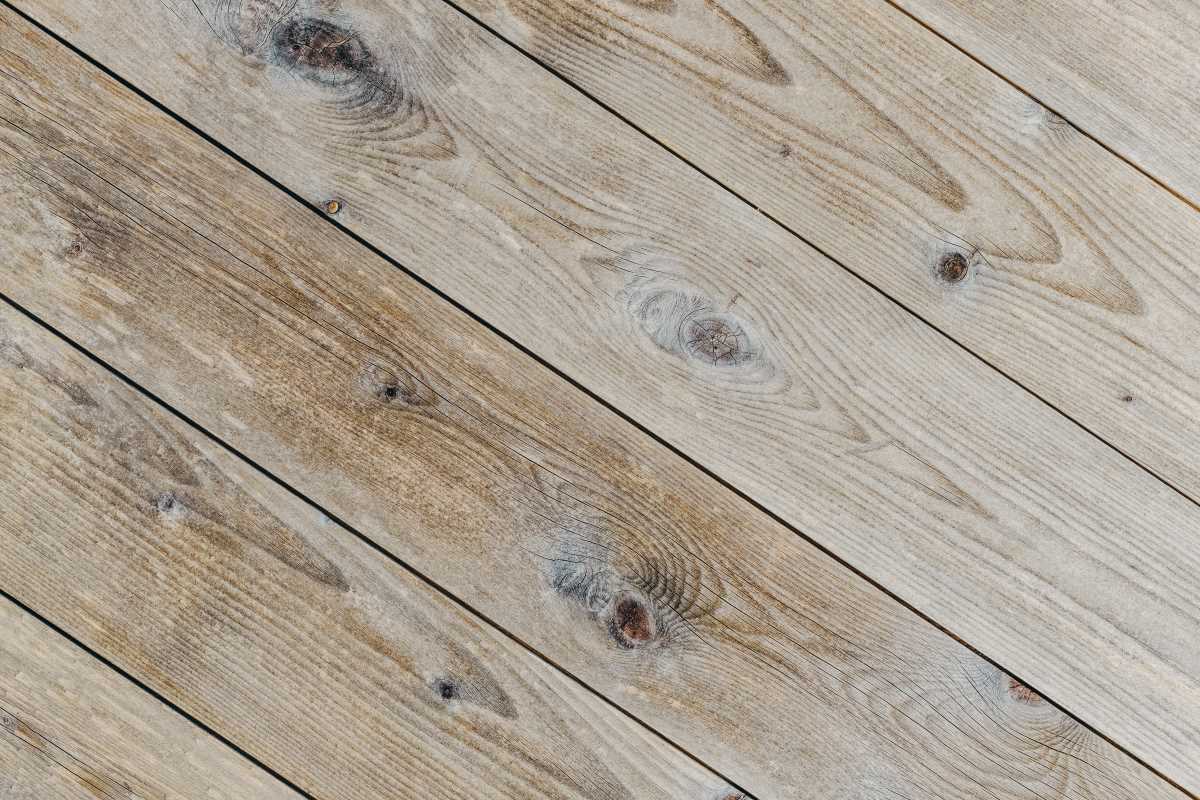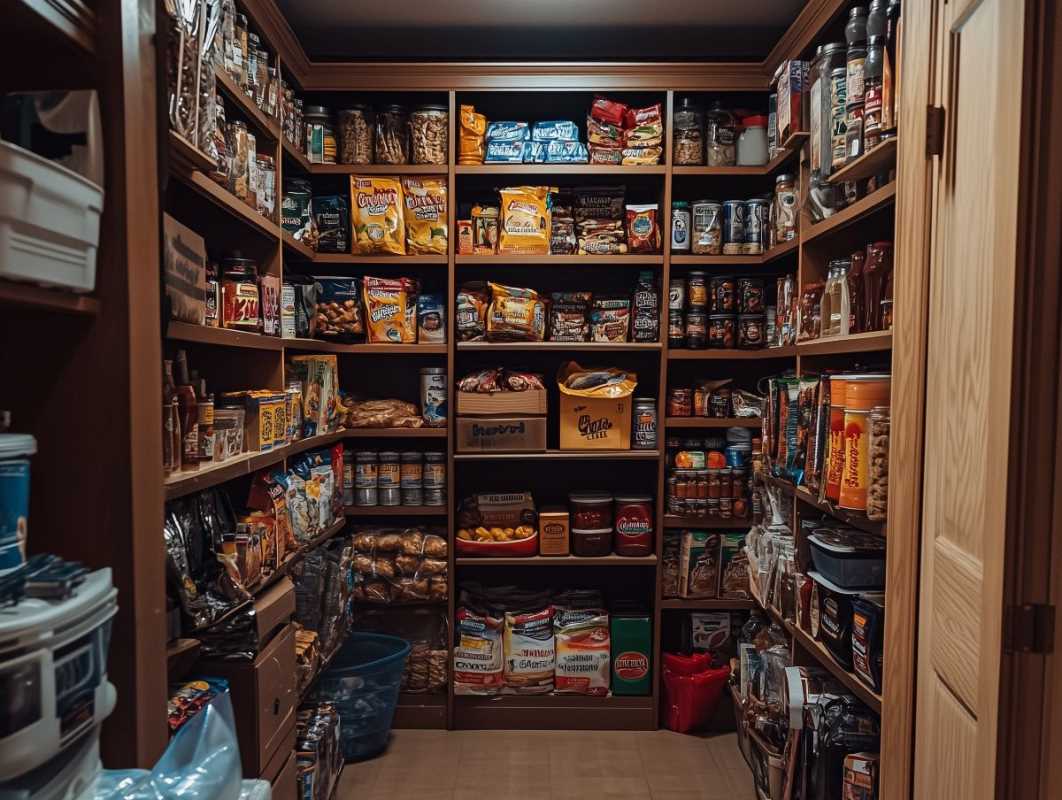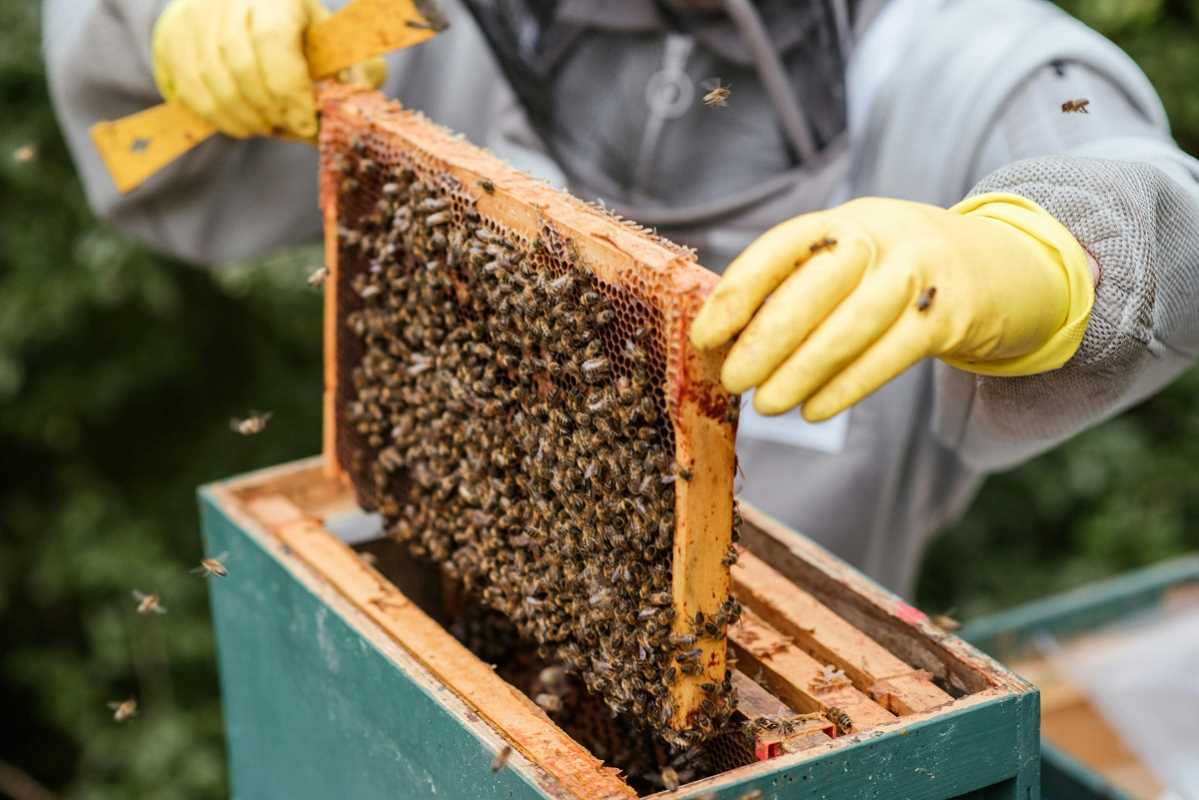Transforming your home with eco-friendly materials reduces your environmental footprint and gives your space a distinctive, stylish edge. Among the many ways to go green in your home, choosing sustainable flooring is one of the most impactful. From classic designs to bold, modern aesthetics, today’s eco-friendly flooring options cater to every décor preference while being kind to the planet.
If you’re envisioning a home makeover with a nod to sustainability, we’re here to guide you. This blog explores versatile flooring materials like bamboo, cork, reclaimed wood, and recycled tiles. Each one is packed with benefits, from durability and easy maintenance to their planet-friendly qualities.
Why Opt for Eco-Friendly Flooring?
Making environmentally conscious choices isn’t just about reducing waste; it’s about investing in materials that are sustainable, safe, and long-lasting. Many traditional flooring materials involve energy-intensive production methods and non-renewable resources. Choosing eco-friendly alternatives ensures that your home design is both beautiful and ethical.
Eco-friendly floors often require fewer chemicals during manufacturing, making them safer for indoor air quality. Plus, many of these materials boast unique designs and aesthetic features, adding an inventive charm to your spaces.
1. Bamboo Flooring
A Natural Choice for Modern Homes
Bamboo is one of the most popular eco-friendly flooring options, and for good reason. Technically a grass rather than wood, bamboo grows rapidly and replenishes itself within 3-5 years, making it an incredibly renewable resource.
Its sleek texture and wide variety of finishes make bamboo a great fit for contemporary and minimalist homes. From light honey hues to dark espresso tones, you can find bamboo styles to complement a variety of interiors.
Benefits
- Durability: Strand-woven bamboo flooring, in particular, is harder than most traditional hardwoods.
- Easy Maintenance: Regular sweeping and occasional damp mopping keeps it in excellent condition.
- Eco-Certification: Look for FSC-certified bamboo to ensure responsible harvesting practices.
Whether you’re designing a modern living room or a chic home office, bamboo offers timeless sophistication while supporting sustainability.
2. Cork Flooring
Texture Meets Sustainability
Cork is not just for pinboards or wine stoppers; it’s an amazing eco-friendly flooring option. Sourced from the bark of cork oak trees, harvesting cork does not harm the tree itself, allowing it to regenerate. Its soft, cushiony feel underfoot gives areas like kitchens and kids’ playrooms a warm, inviting vibe.
Benefits
- Comfort: Natural flexibility makes cork foot-friendly and ideal for spaces where you stand for long periods.
- Soundproofing: Cork’s unique cellular structure absorbs sound, making it perfect for apartments or noisy households.
- Insulation: Cork naturally regulates temperature, keeping your home cozy in winter and cool in summer.
For a mid-century modern or transitional interior style, the texture and earthy tones of cork flooring balance functionality with aesthetic appeal.
3. Reclaimed Wood
Timeless Character for Rustic and Industrial Styles
Reclaimed wood flooring has become a beacon of sustainable design, offering a second life to timbers salvaged from barns, factories, or even wine barrels. With its natural patina and varied grain, reclaimed wood creates a sense of history and warmth, perfect for rustic, farmhouse, or industrial interiors.
Benefits
- Sustainability: Reusing wood reduces demand for new trees and minimizes waste.
- Durability: Many reclaimed woods are dense, aged hardwoods that withstand heavy use.
- Unique Look: Each plank tells a story, giving your flooring a one-of-a-kind appeal.
Reclaimed wood complements cozy living rooms, vintage-inspired kitchens, and bedrooms full of character. Pair it with metal fixtures and brick walls to amplify its industrial charm.
4. Recycled Tiles
Vibrant Options for Creative Spaces
For those looking to add a pop of creativity to their interiors, recycled tiles are an eco-conscious and colorful choice. Made from materials like glass, ceramic, and porcelain waste, these tiles bring life to walls, backsplashes, and floors.
Benefits
- Durability: Tiles are highly resistant to scratches, stains, and moisture.
- Endless Designs: From mosaic patterns to sleek, minimalist surfaces, recycled tiles suit all tastes.
- Low Maintenance: Easy clean-up makes them ideal for kitchens and bathrooms.
Use recycled glass tiles in a modern bathroom for a glossy, contemporary feel, or vibrant ceramic patterns in a bohemian-inspired kitchen.
5. Linoleum Flooring
Retro Style Made Modern
Often confused with vinyl, linoleum is a eco-friendly material made from natural ingredients like linseed oil, cork dust, and wood flour. Its durability and anti-static properties make it especially suitable for families with children or pets.
Benefits
- Resilience: Its flexible nature resists dents and scratches.
- Eco-Certification: Look for linoleum certified to be free from PVC and VOCs for added eco-credentials.
- Versatility: Available in a range of bold colors and patterns, linoleum can align with retro, rustic, or eclectic styles.
Linoleum’s playful design options make it a winner for creating bold, child-friendly spaces such as playrooms or mudrooms.
6. Concrete Floors
Sleek and Sustainable
Concrete is a surprising underdog when it comes to green flooring, especially when finished with eco-friendly sealants or enhanced with recycled material like fly ash. Its industrial look pairs beautifully with modern, Scandinavian, or minimalist interiors.
Benefits
- Longevity: Properly sealed concrete floors can last decades, looking better with age.
- Cool and Hypoallergenic: Concrete repels allergens and stays naturally cool, making it ideal for warm climates.
- Customizable: Stamping, staining, and polishing techniques bring creative moods to an otherwise utilitarian material.
For urban lofts or modern kitchens, polished concrete floors create an effortlessly cool base to build your design around.
7. Natural Fiber Carpets
Cozy Meets Sustainability
For soft flooring options, natural fiber carpets like wool, jute, and sisal provide comfort while staying eco-friendly. These materials are biodegradable and sustainably harvested, adding texture and warmth to bedrooms or living rooms.
Benefits
- Durability: Wool carpets resist stains and hold their shape well.
- Eco-Friendly Production: Unlike synthetic rugs, natural fibers are minimally processed.
- Variety: Jute and sisal deliver organic charm in neutral tones, while wool offers plush luxury.
Blend a wool carpet with modern Scandinavian furniture for understated coziness, or opt for a jute rug in boho-inspired spaces.







